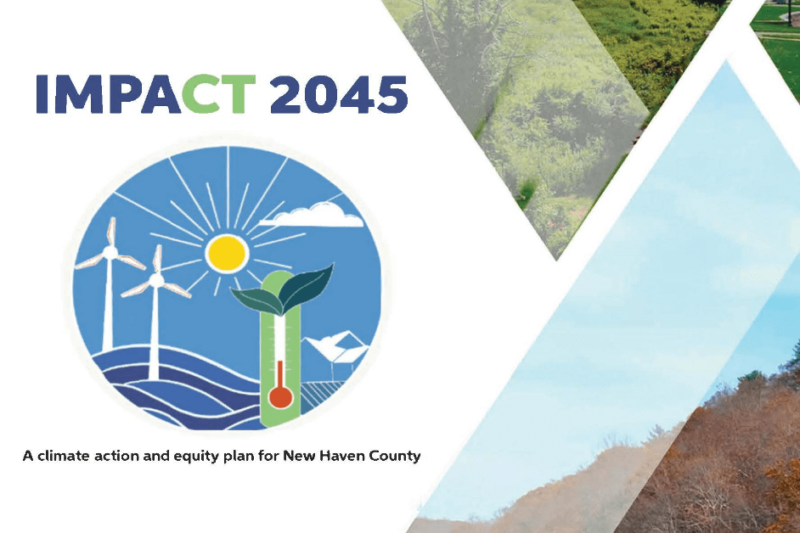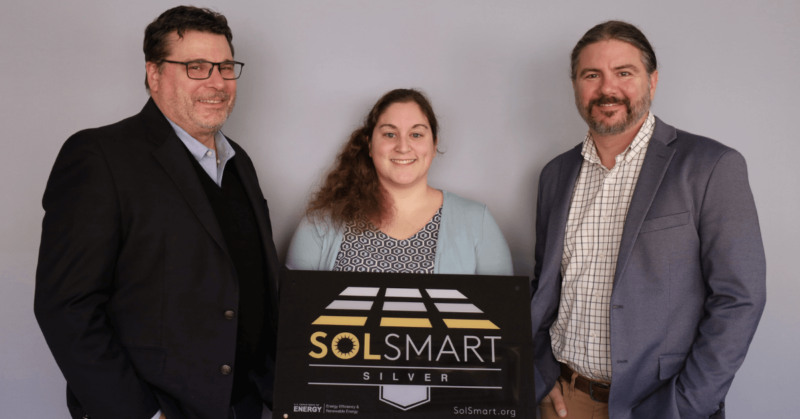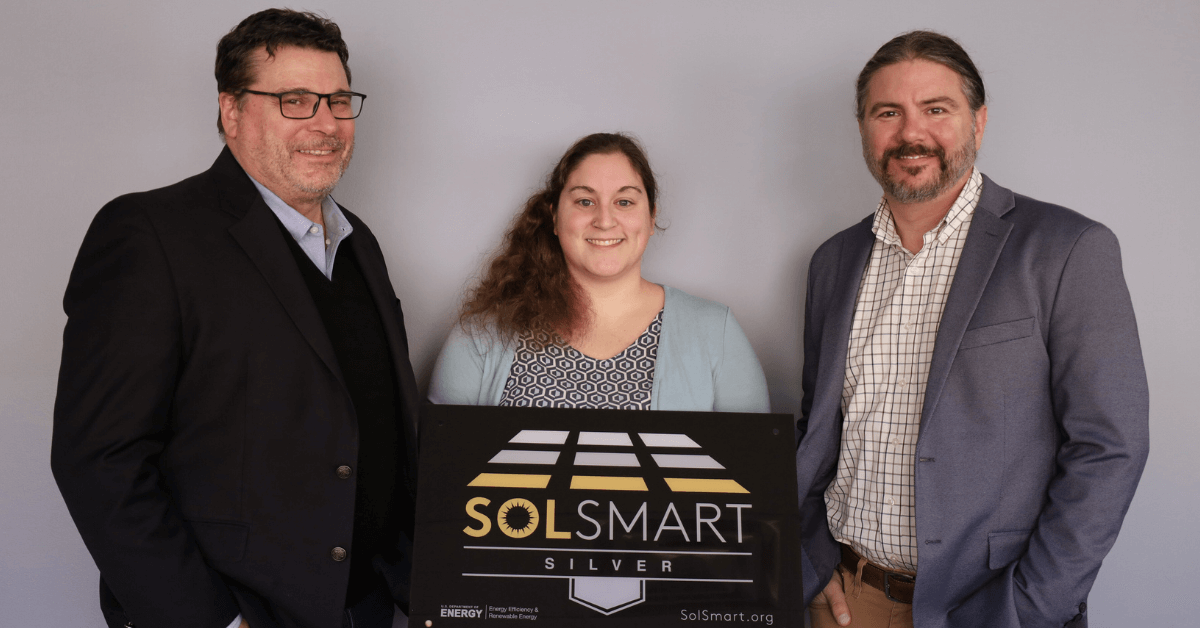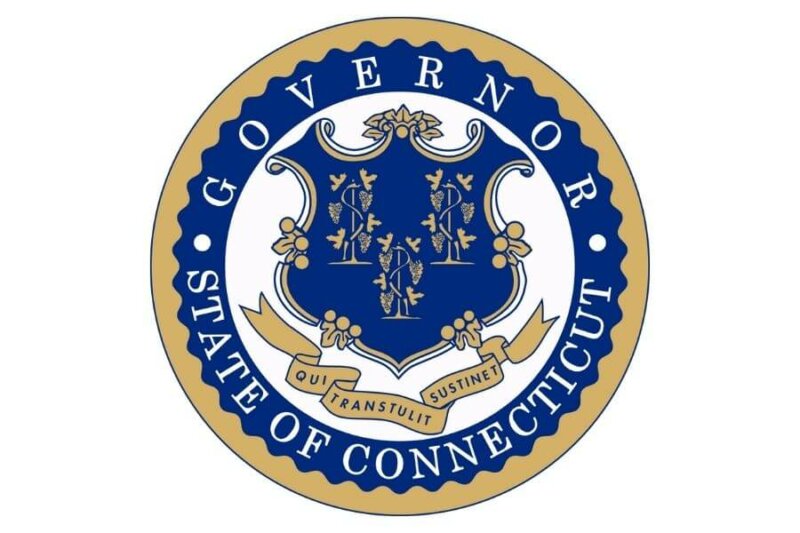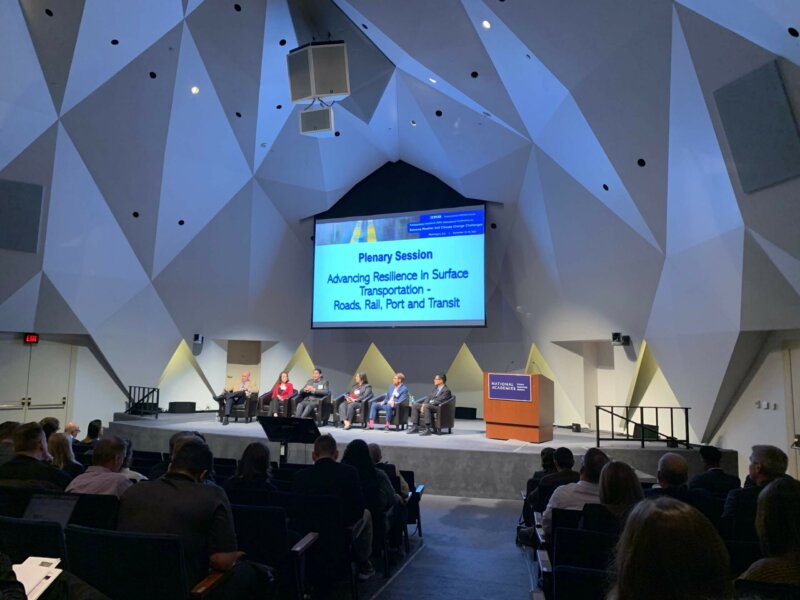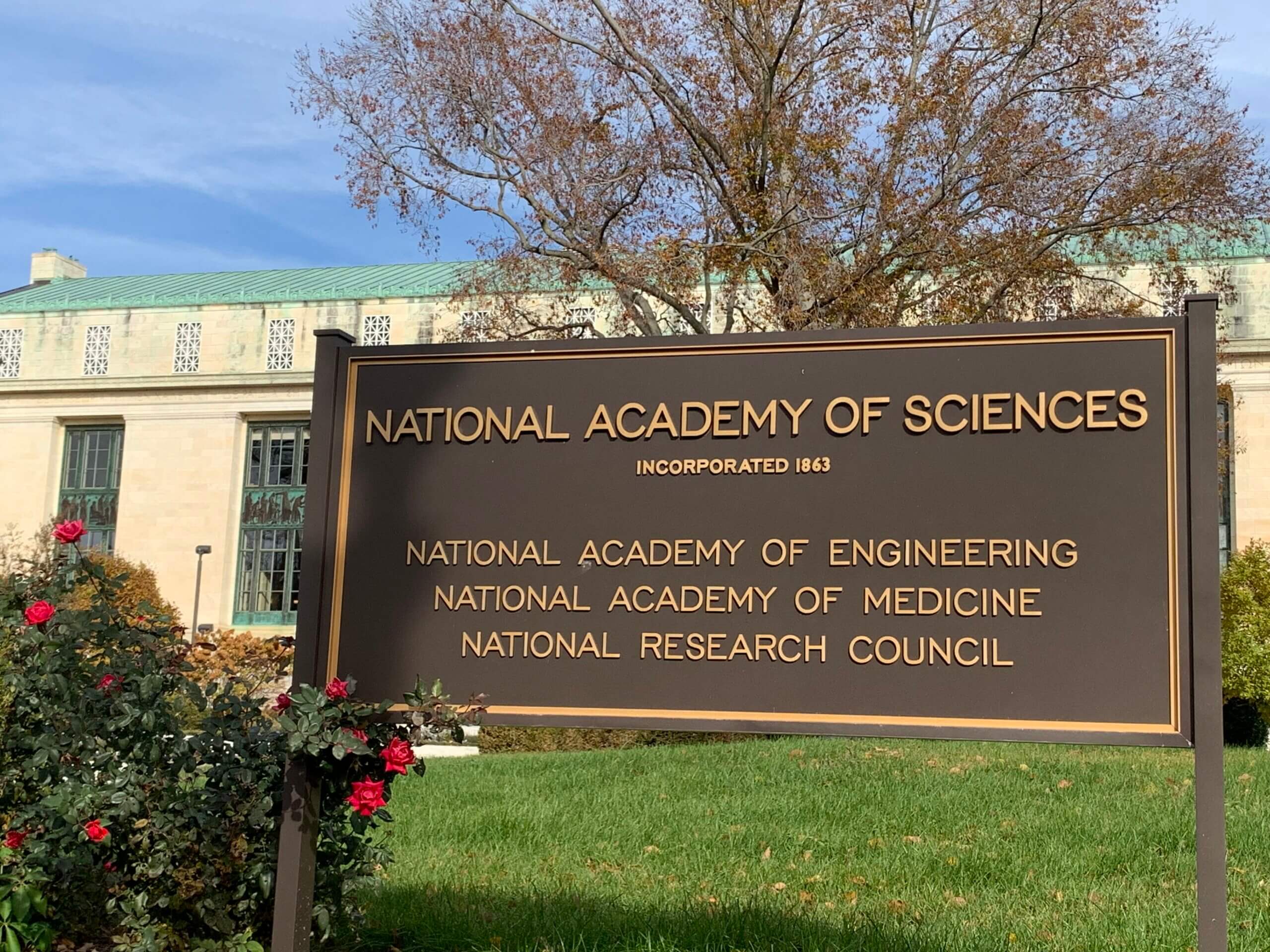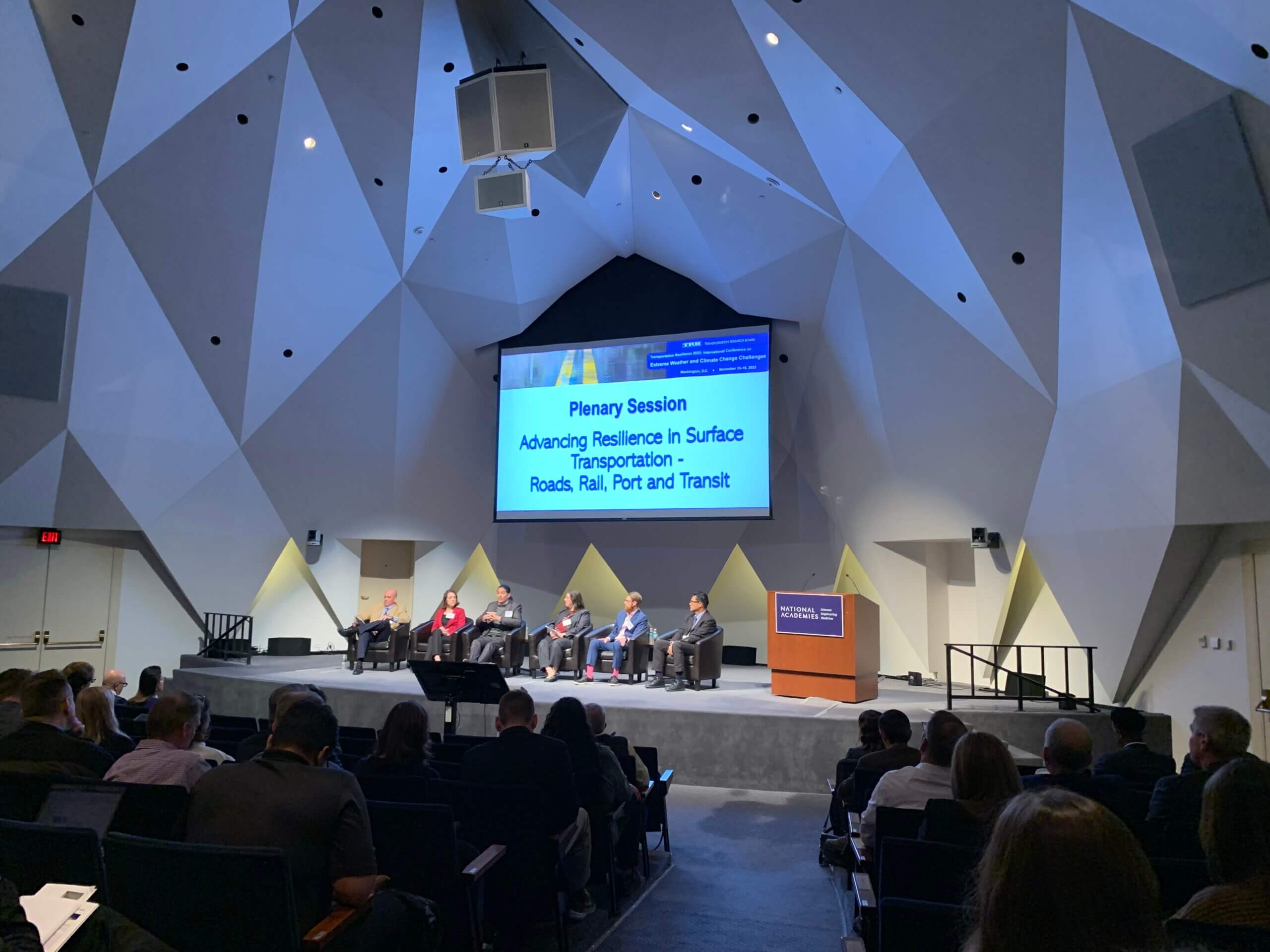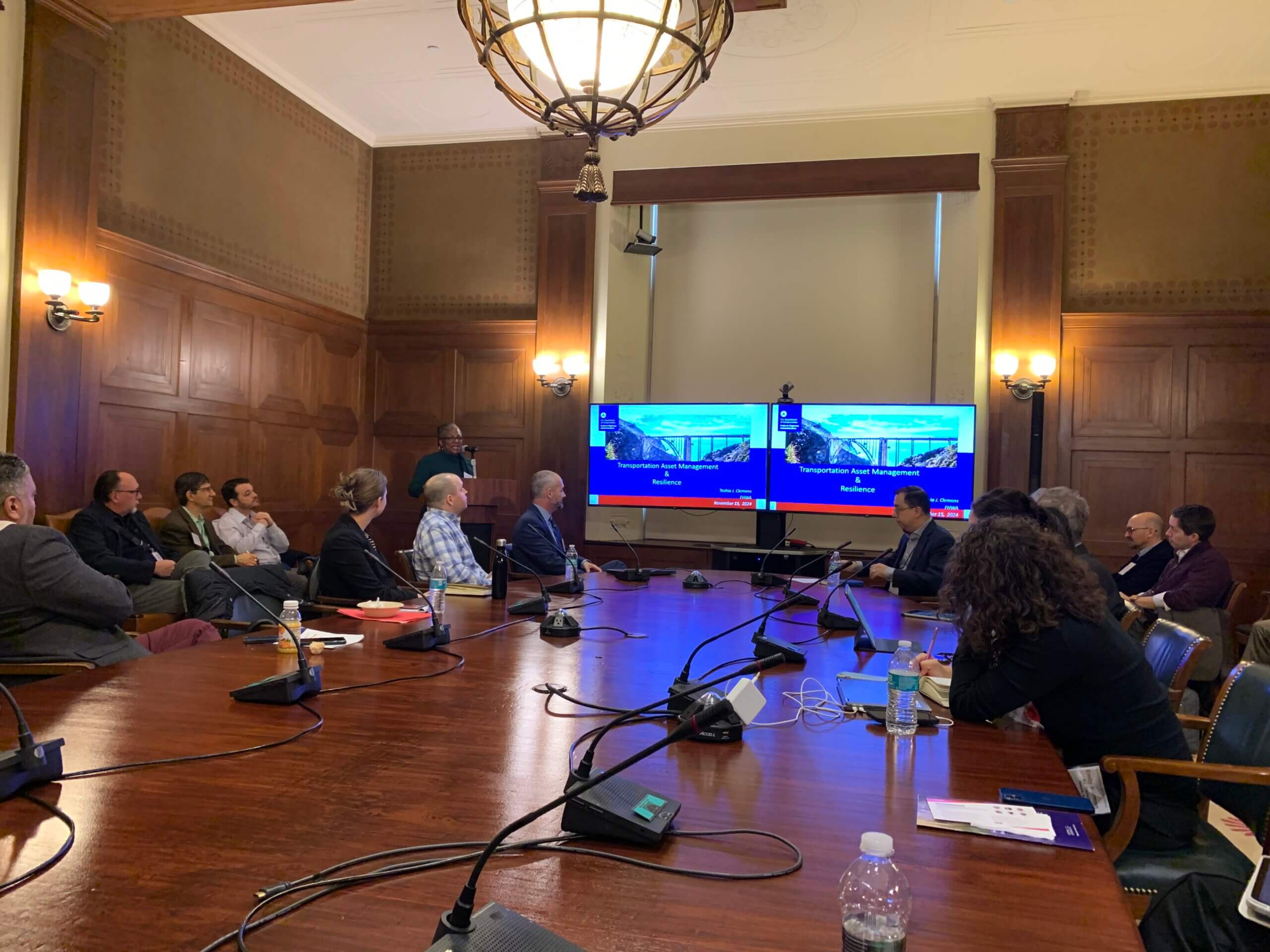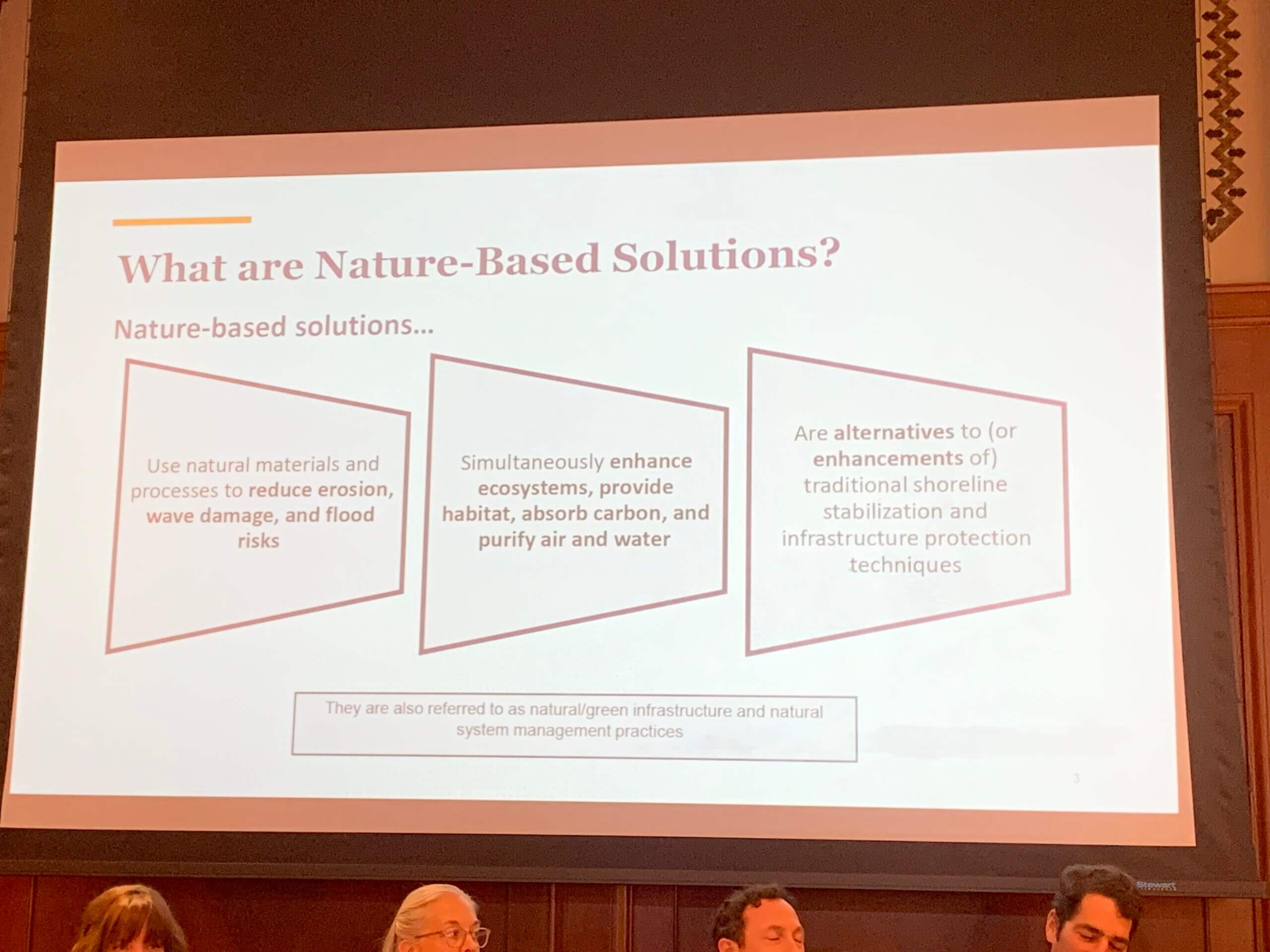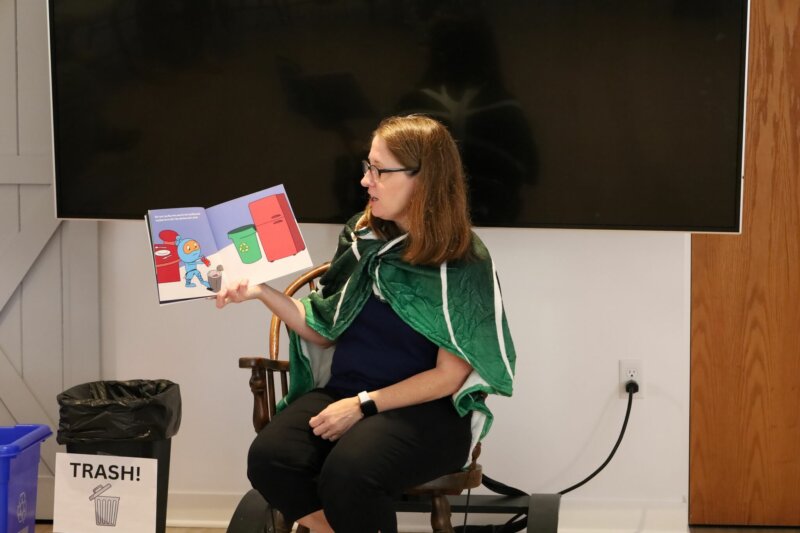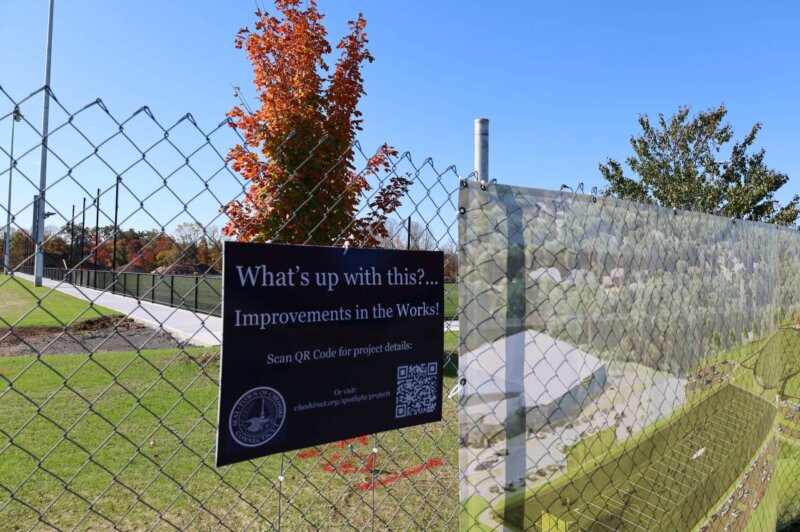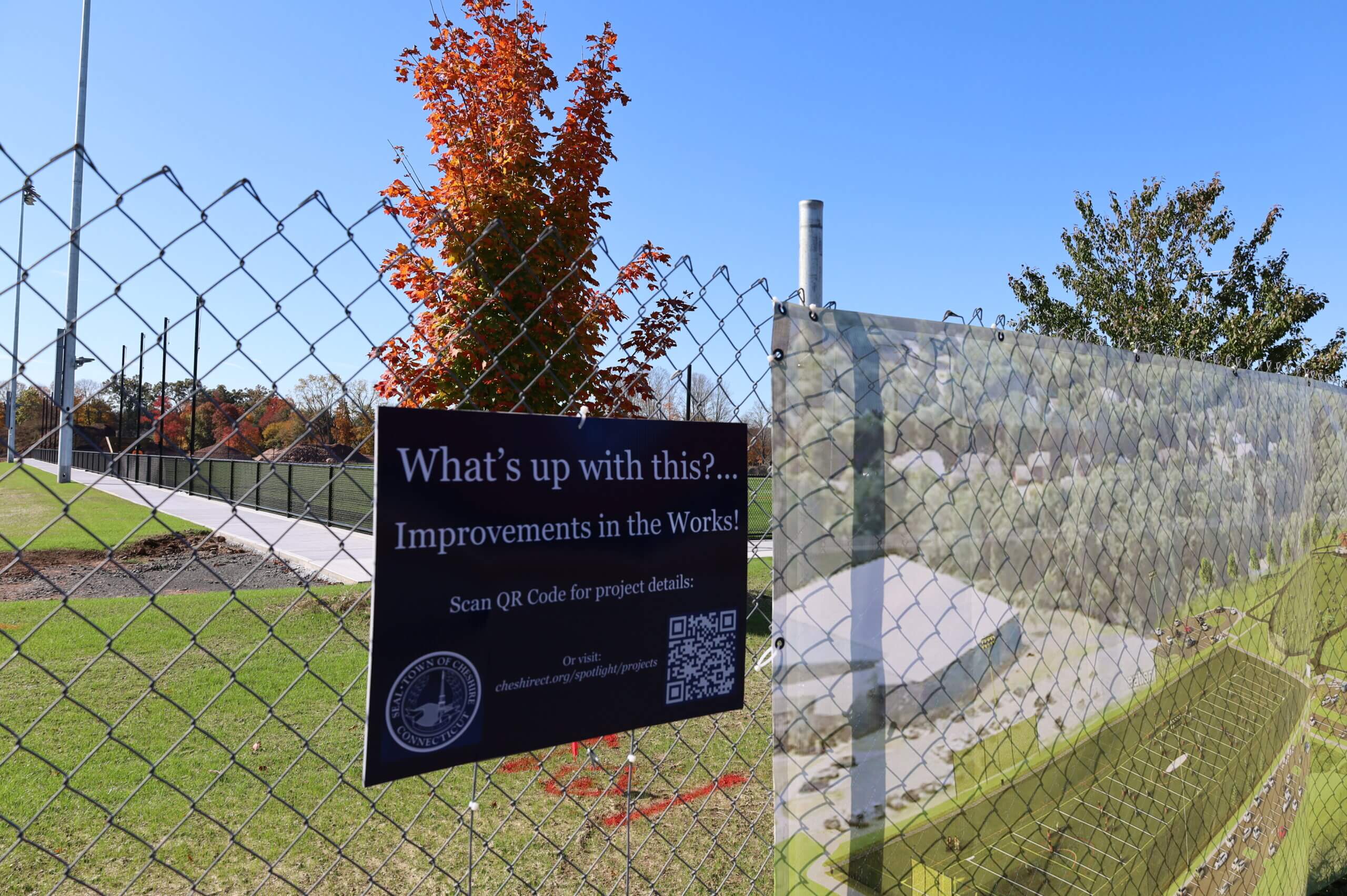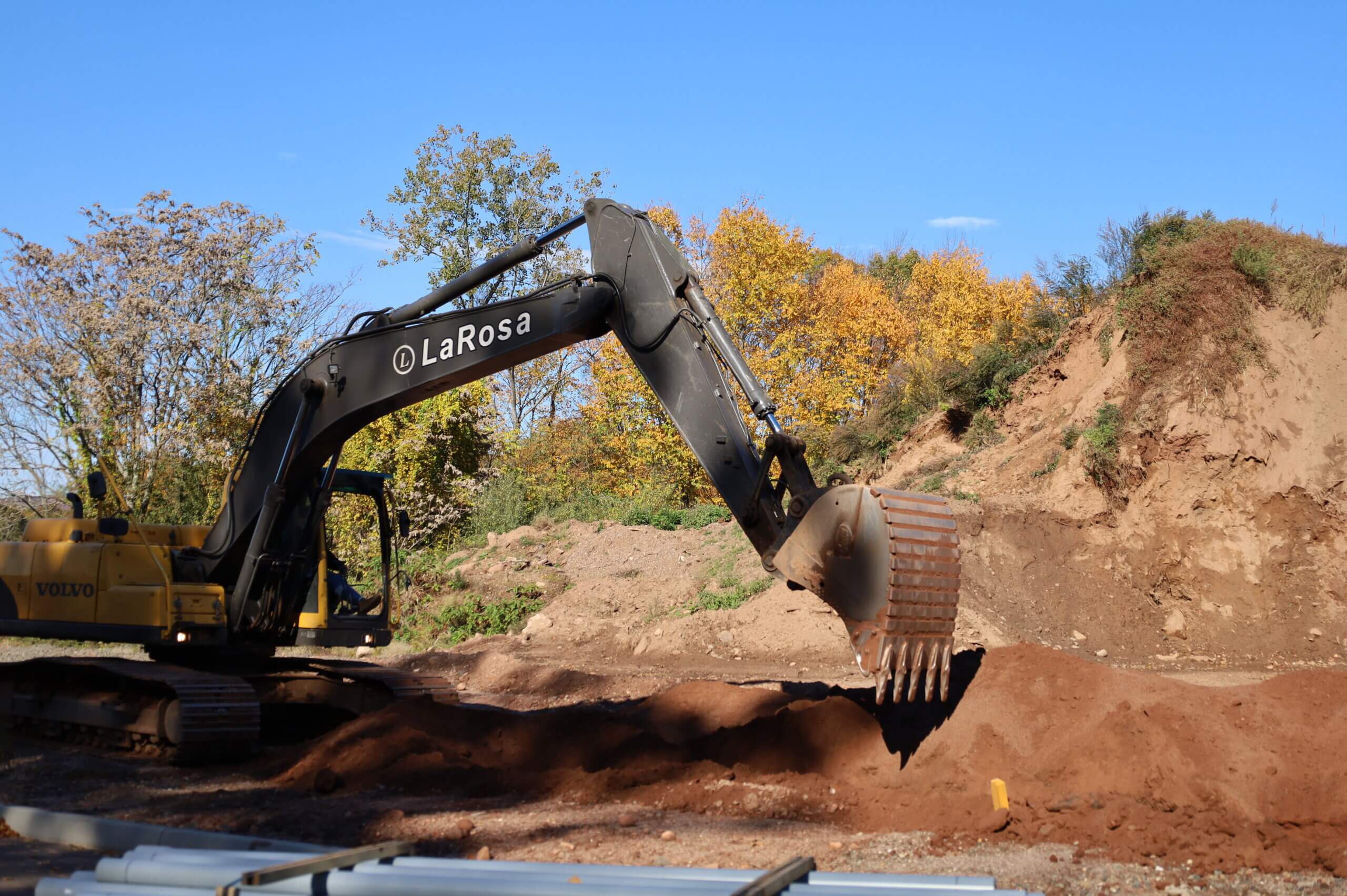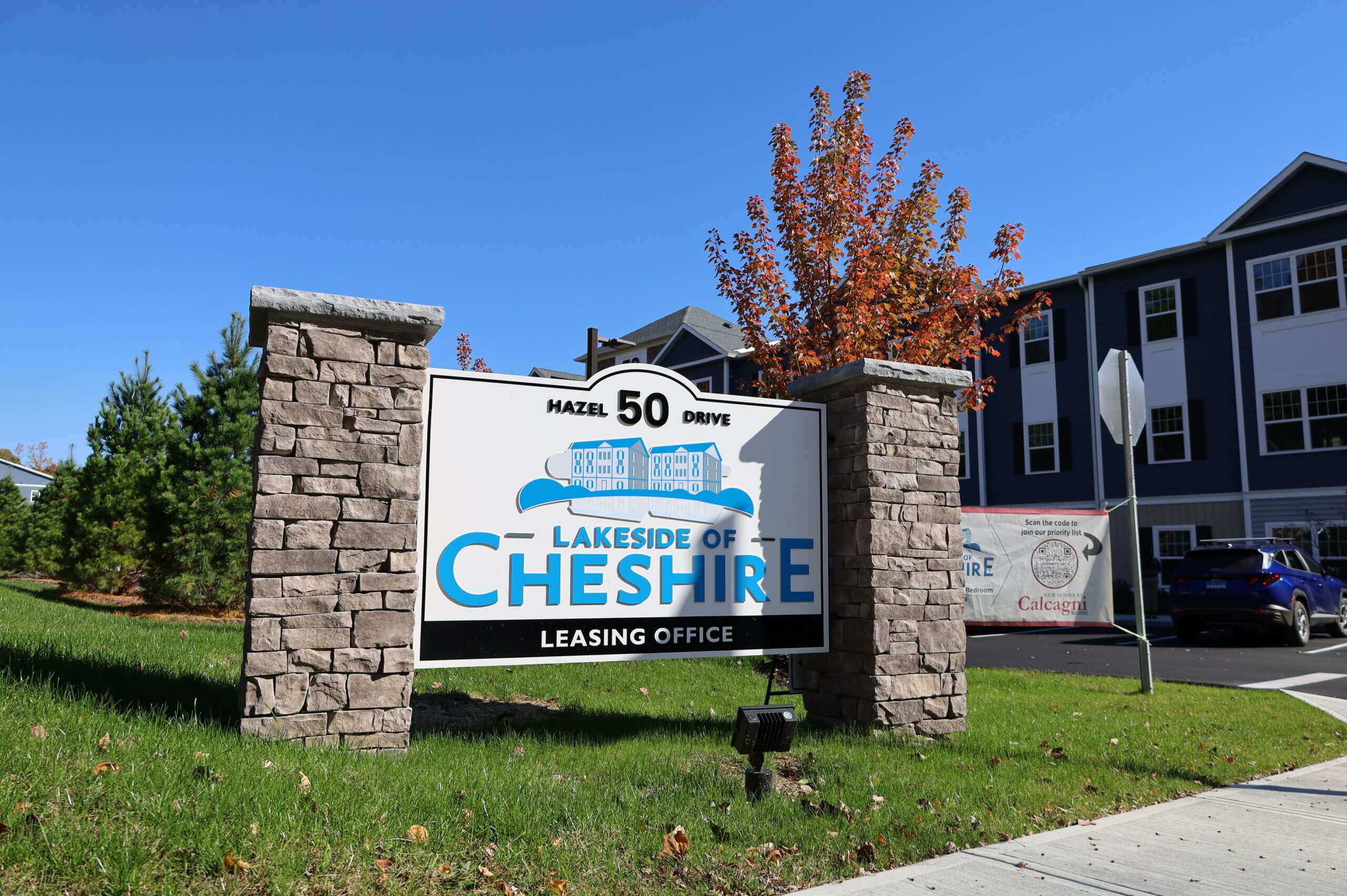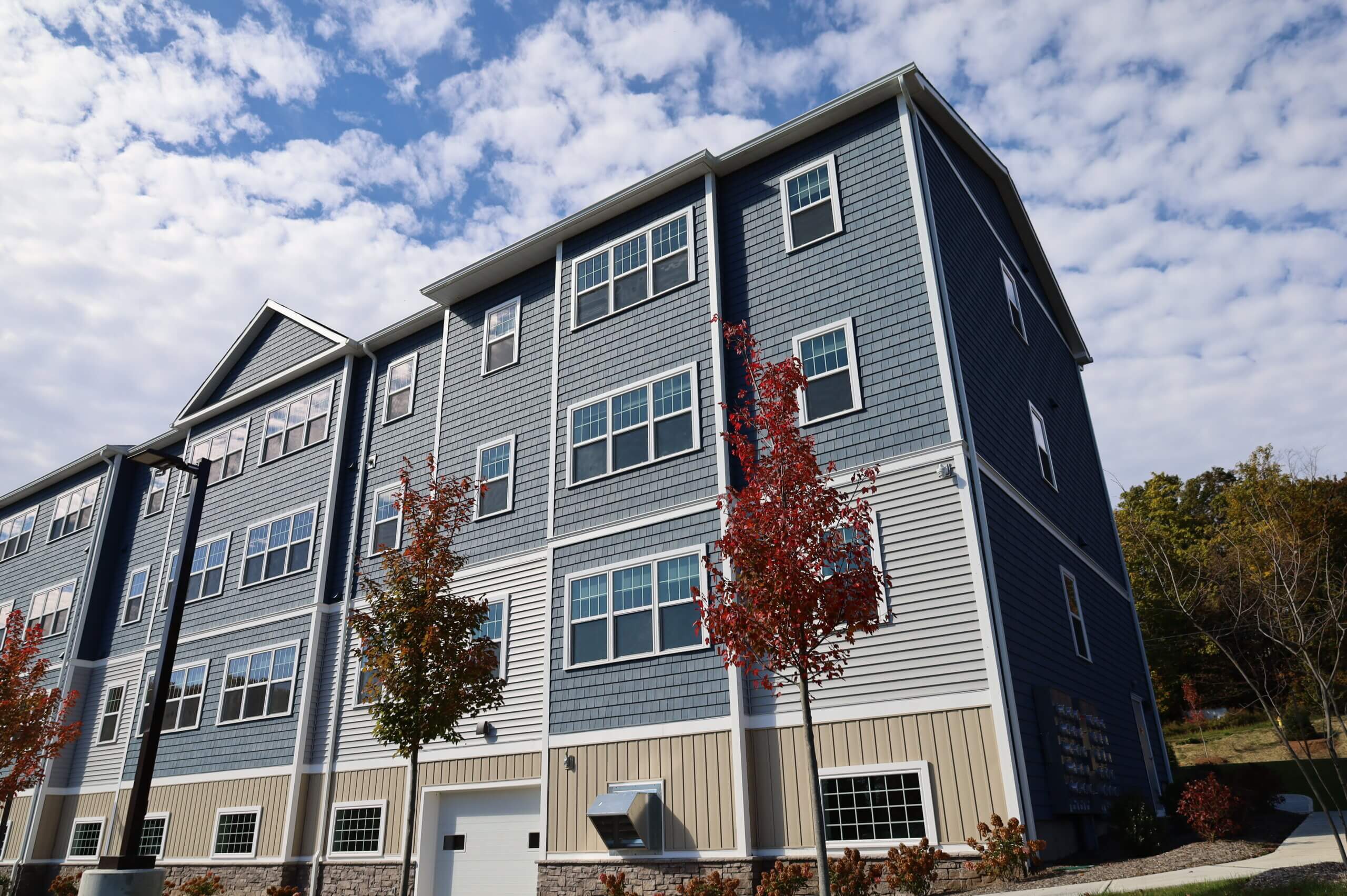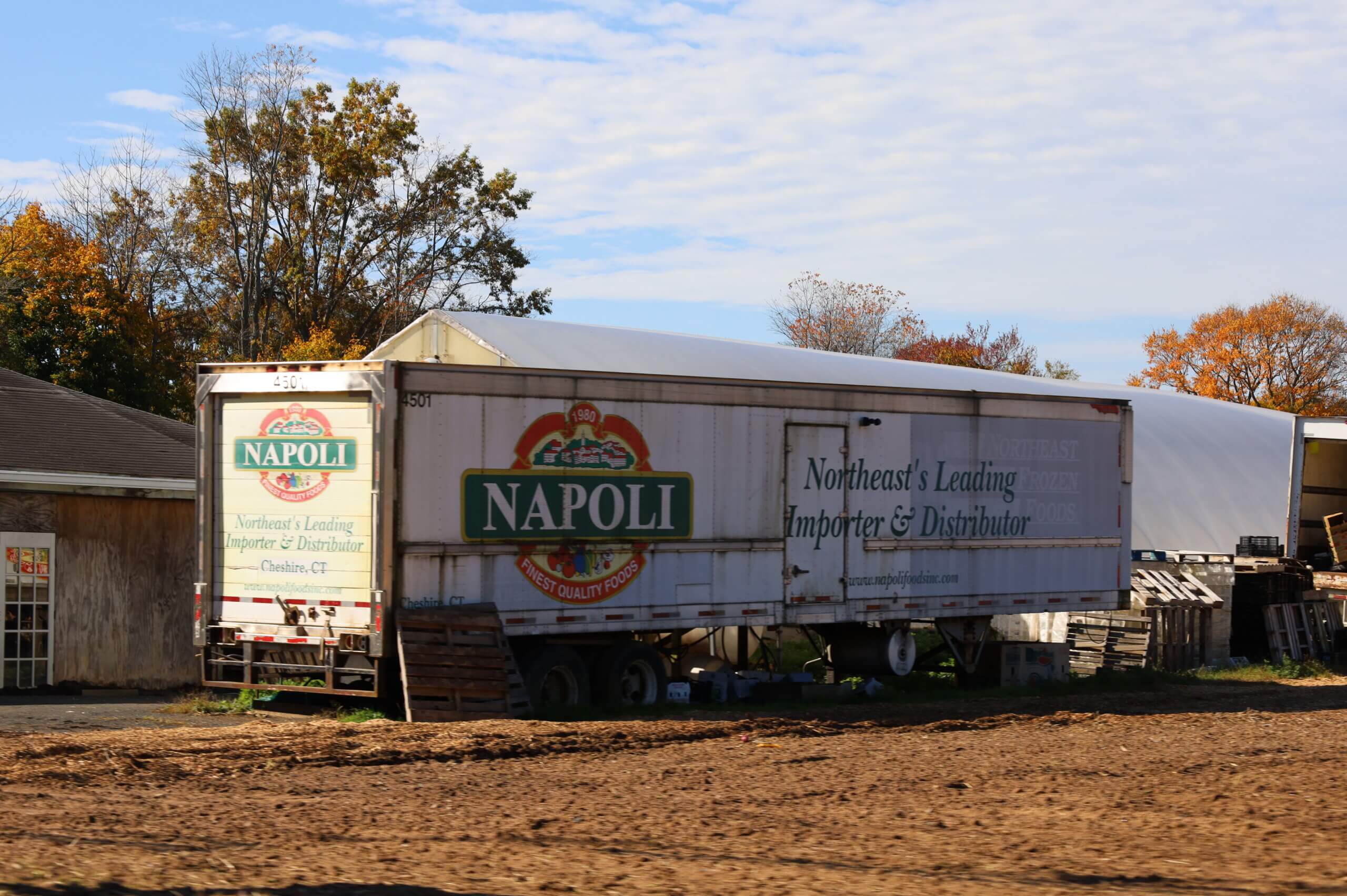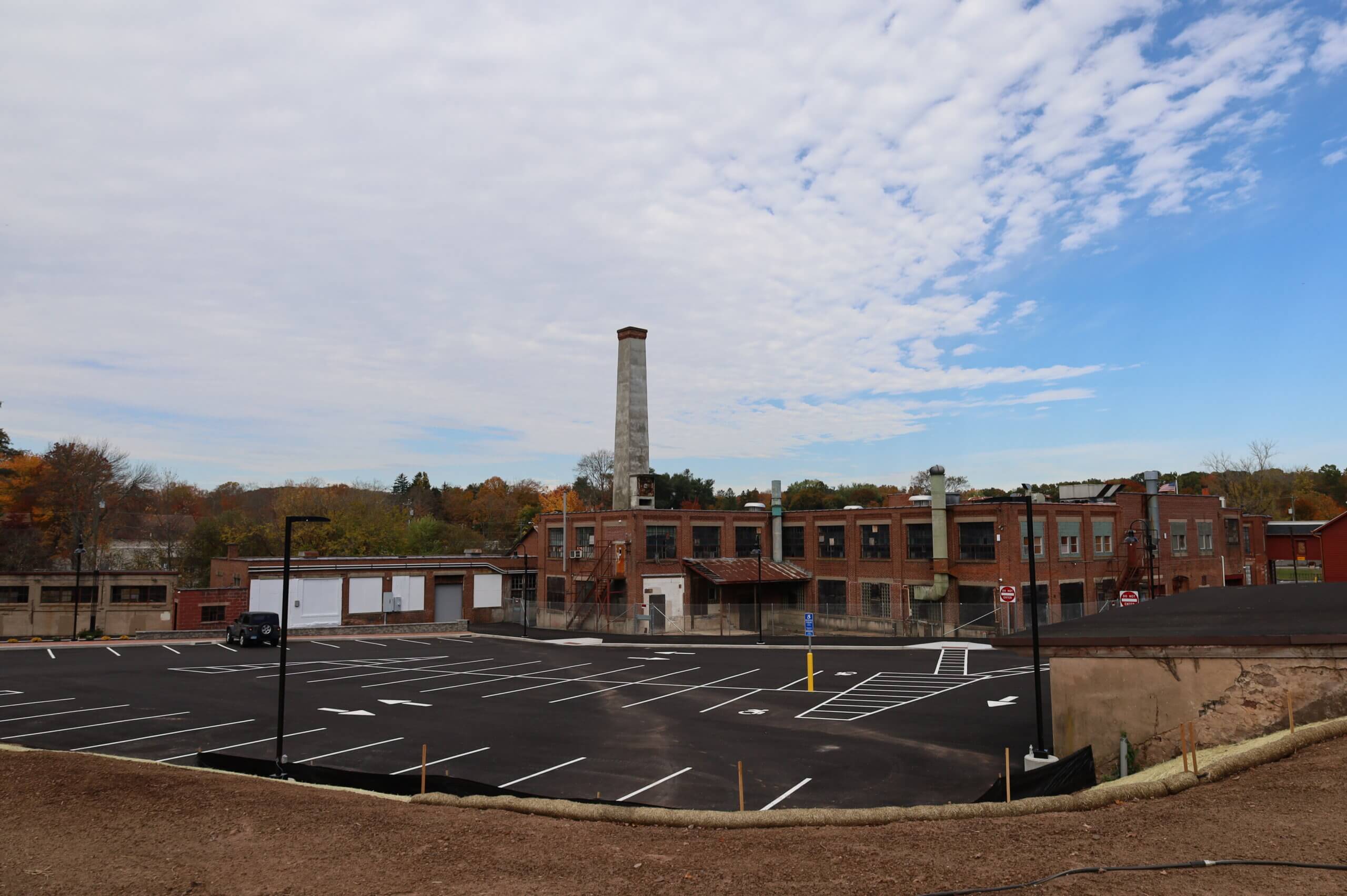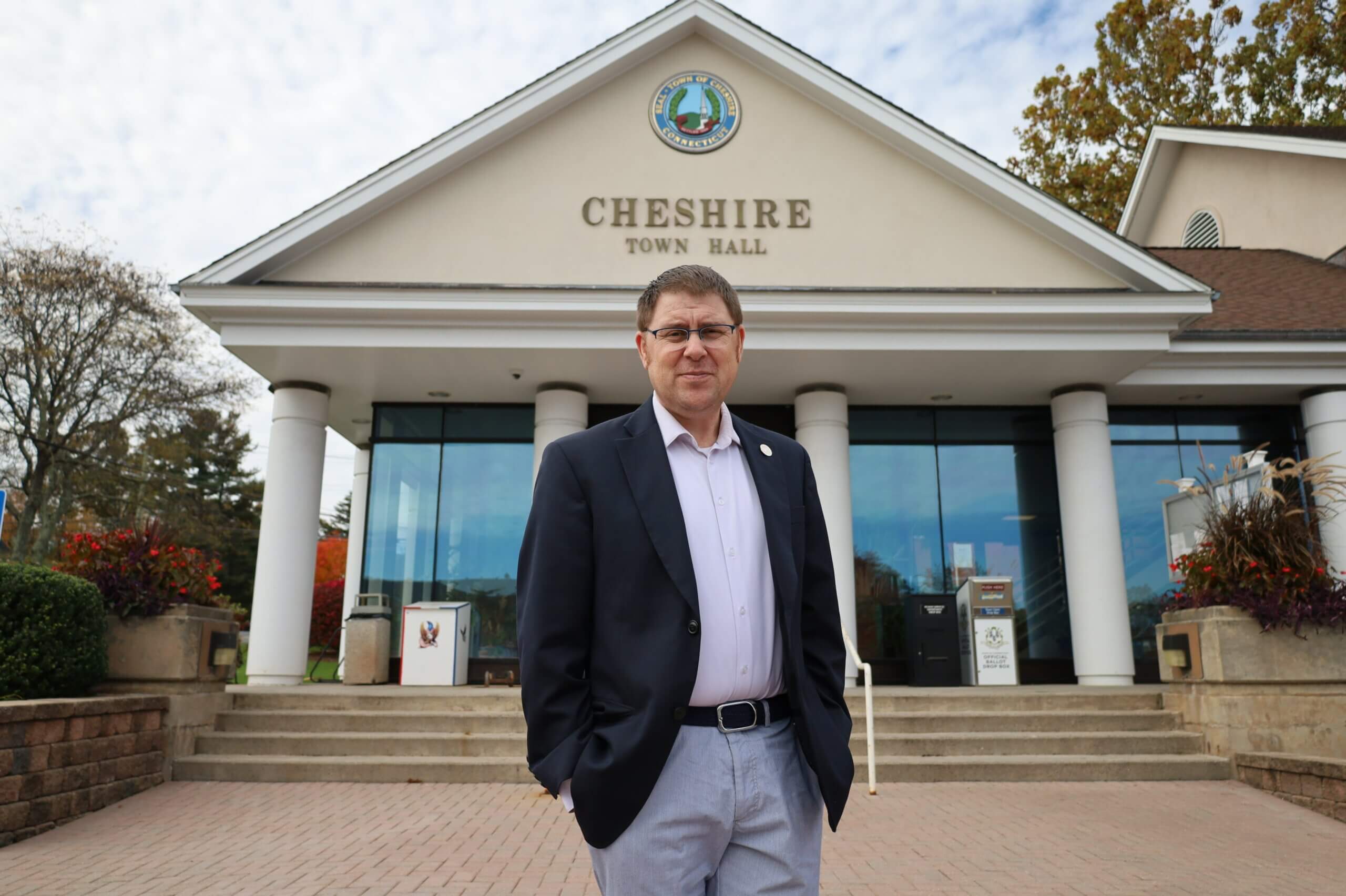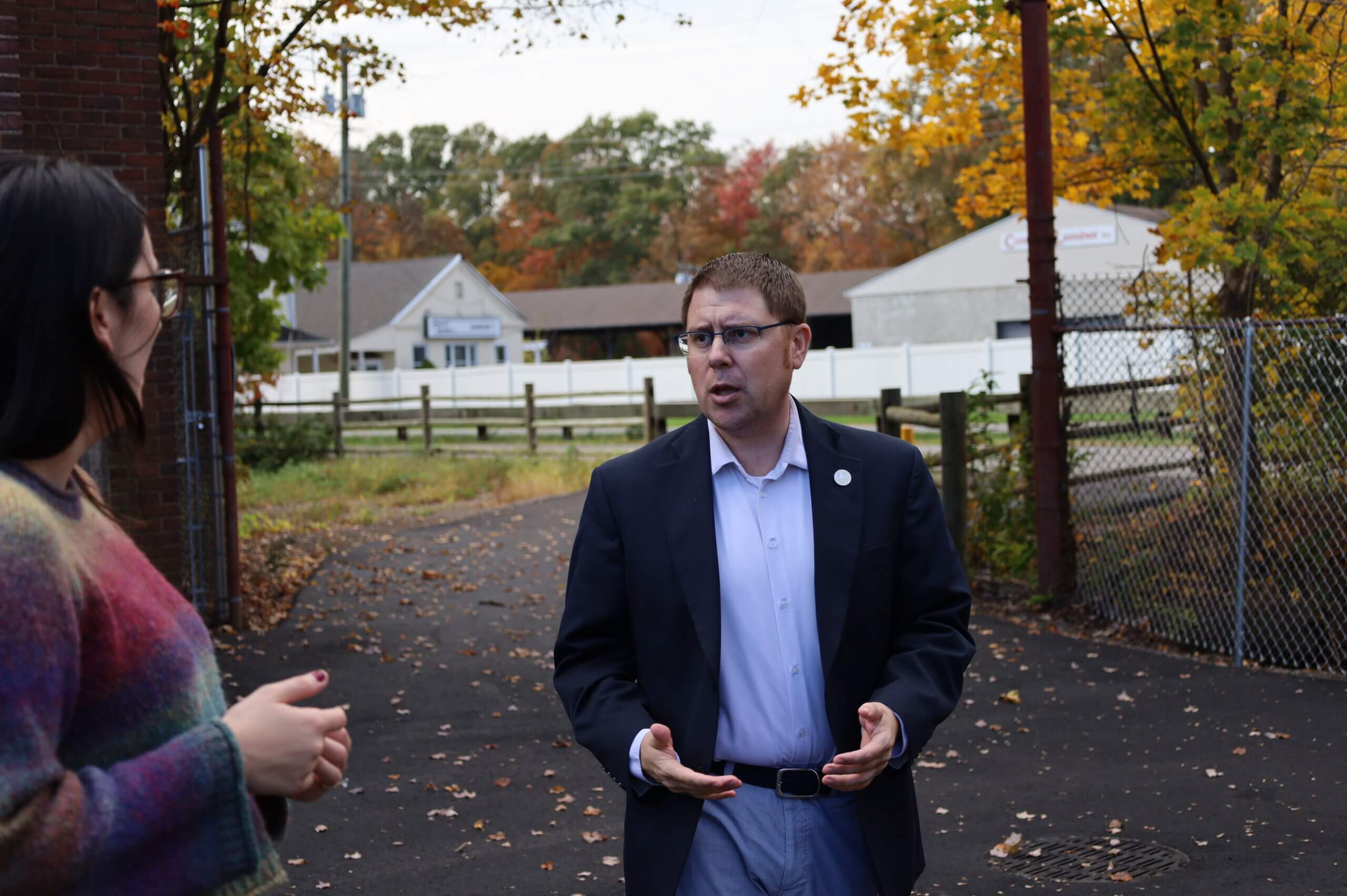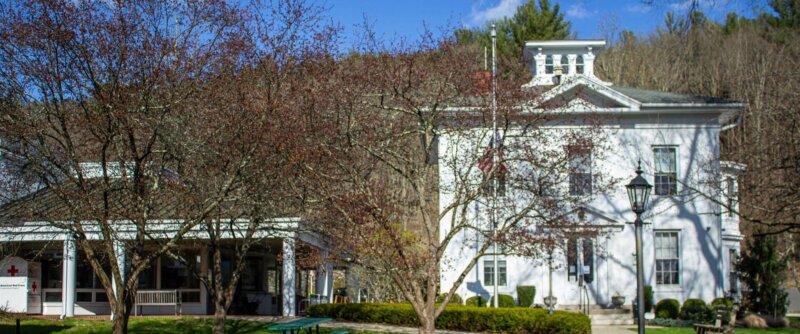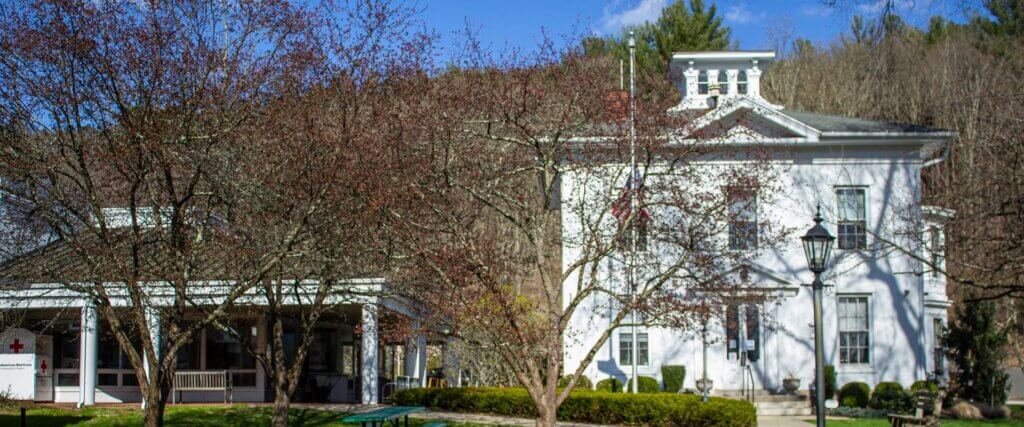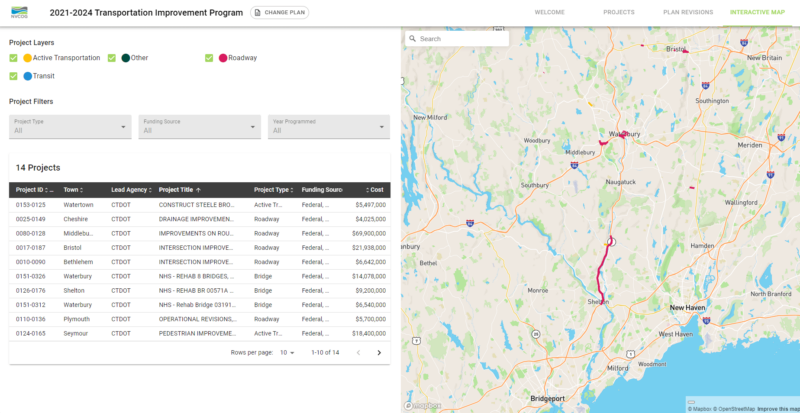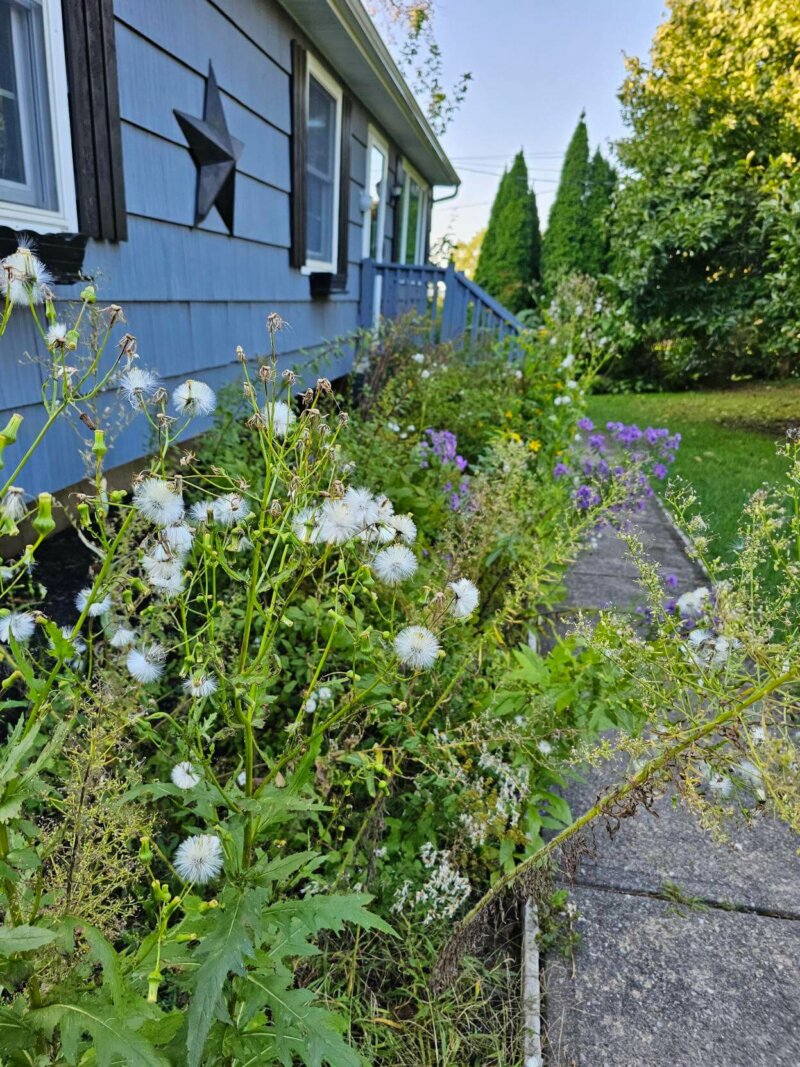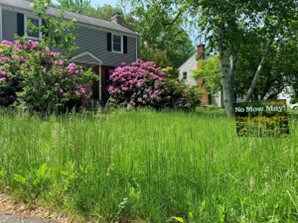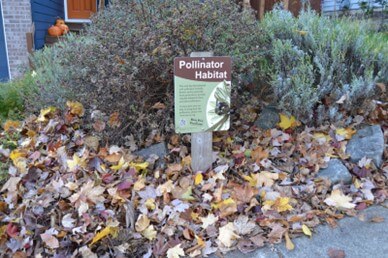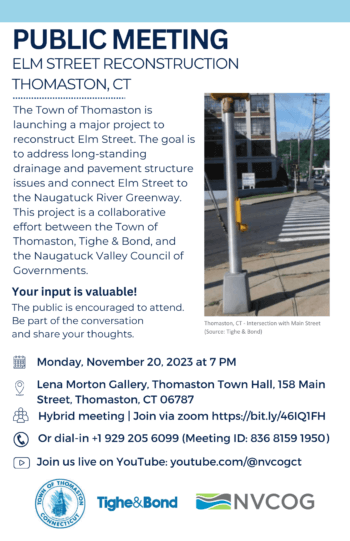For Immediate Release: January 18, 2024
Contact:
Christine O’Neill
Environmental Planner II
203-489-0351
coneill@nvcogct.gov
A draft Priority Climate Action Plan (PCAP) has been released for New Haven County as part of the national Climate Pollution Reduction Grant program (CPRG). The draft PCAP is accessible at https://www.cprgct.org/ and public comment will be accepted until February 8th at 11:59 p.m.
The goal of the CPRG program is to help states, regions, and tribes plan for and implement actions to reduce greenhouse gas emissions. It is funded through the Inflation Reduction Act and administered by the U.S. EPA.
Earlier this year, the South Central Regional Council of Governments (SCRCOG), with support from the Naugatuck Valley Council of Governments (NVCOG), received one million dollars in a noncompetitive planning grant through the CPRG. Their planning area encompasses the entirely of New Haven County, which covers 27 municipalities from New Haven in the south to Waterbury in the north.
In order to execute the first deliverable of the PCAP, SCRCOG hired UMass Amherst’s Regional Planning Studio and NARSLAB. Throughout the summer and fall, SCRCOG, NVCOG, and UMass developed the PCAP with considerable input from the community. Engagement efforts included tabling at farmers markets and a housing expo, holding hybrid meetings with interactive polling, and maintaining a dynamic website with information and resources.
The group also released and promoted a survey to capture specific feedback from residents, which is still live and can be taken at https://umassamherst.co1.qualtrics.com/jfe/form/SV_4TmgsqGfnjVQEke
The draft PCAP strives to cover the foundational elements of a climate plan while incorporating perspectives from the community and centering environmental justice. The plan includes:
- An inventory of greenhouse gas emissions in New Haven County by sector (transportation, buildings, electricity, industry, and waste).
- An examination of the low-income and disadvantaged communities within the region, including benefits to these areas as a result of climate action.
- A list of potential mitigation strategies, ranked for both emissions reduction potential and co-benefits such as workforce development and air pollution reduction.
- A communications and outreach toolkit to be implemented during the next grant deliverable: the Comprehensive Climate Action Plan.
“The Priority Climate Action Plan is the first of three regional Climate Action Plans that will establish clear goals and recommendations on how to improve air quality across the planning region,” says Project Manager Ben Lovejoy. “The funding from this grant program has created an unprecedented opportunity to develop real solutions for how the region can address the impacts of climate change.”
Public comment on the PCAP can either be submitted through a questionnaire accessible at https://forms.office.com/r/h0BW88ar8v, or by sending an email to smcamp@scrcog.org. The three week comment period closes February 8th at 11:59 p.m. More information on New Haven County’s CPRG project is available at https://www.cprgct.org/.

